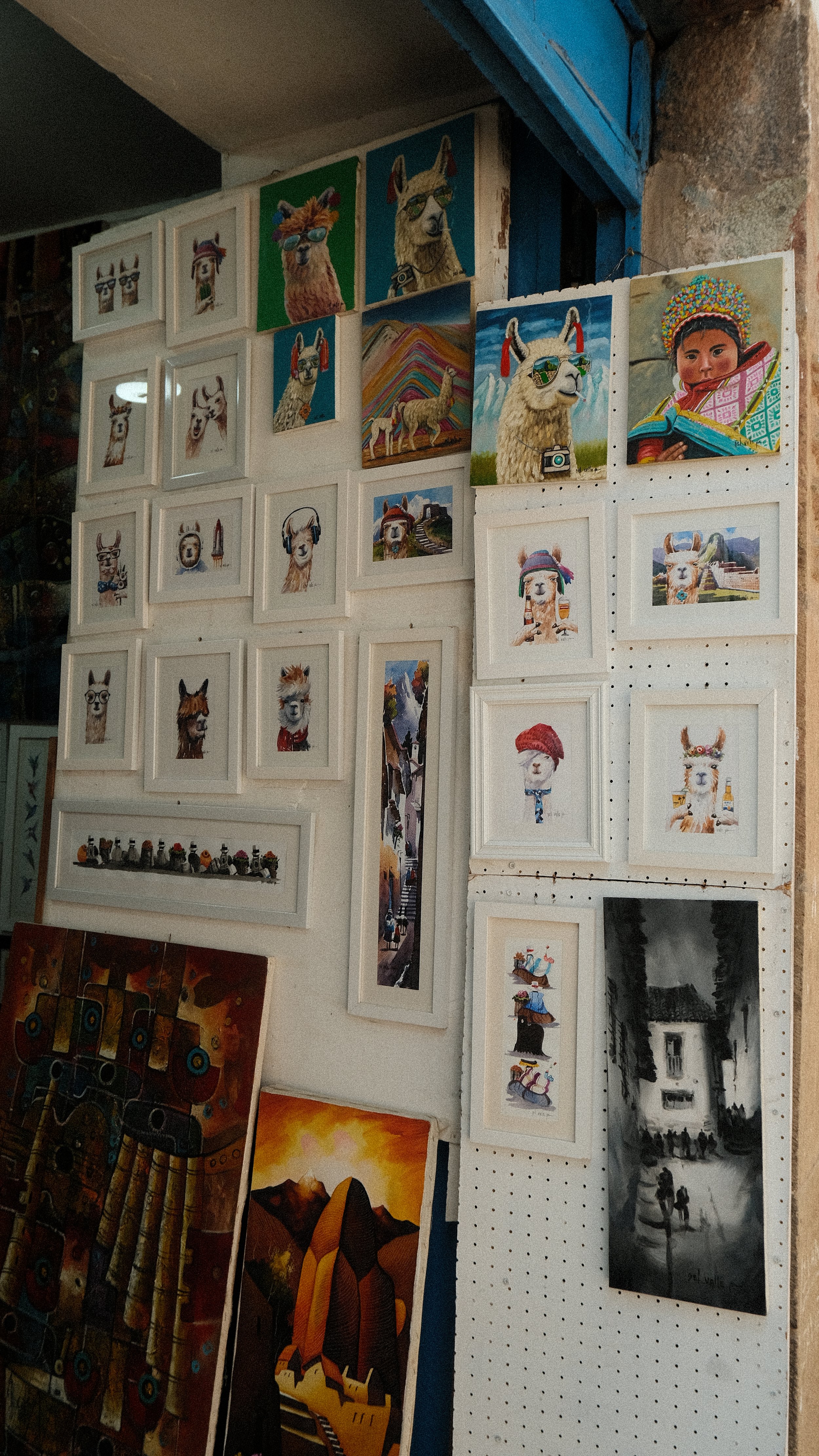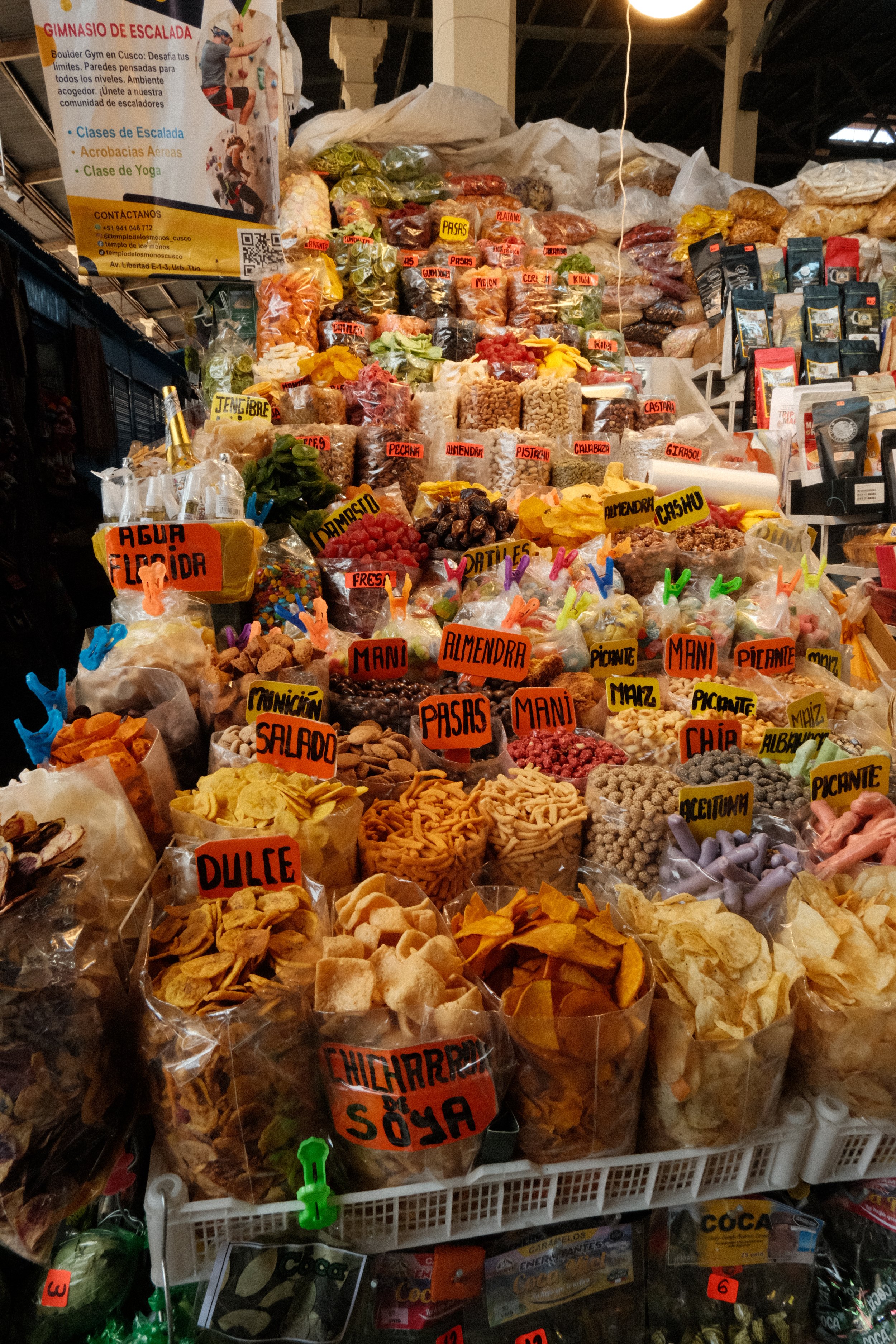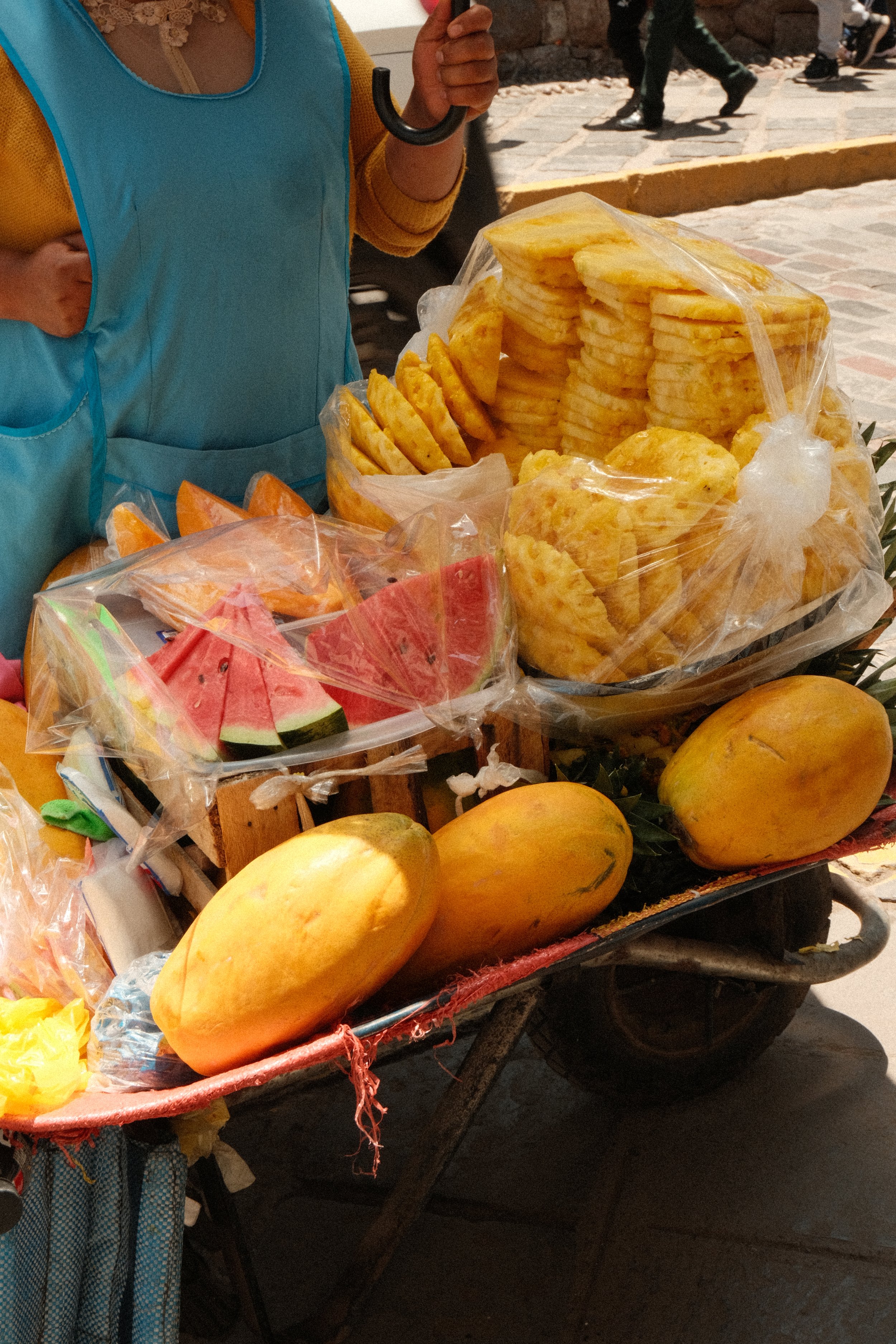Cusco | Cobblestone Streets, Colorful Markets, and Inca Wonders
Nestled high in the Andes at 3,399 meters (11,152 feet), Cusco is a city where ancient history breathes through every cobblestone street and colonial archway. Once the capital of the mighty Incan Empire, today it stands as a living museum, seamlessly blending its indigenous roots with Spanish colonial influence.
How I get to Cusco
I also took the Arequipa - Cusco route with Cruz Del Sur, on a journey that departed from Arequipa at 10 PM and arrived in Cusco at 7 AM. As the seats recline significantly, I managed to sleep well and barely noticed the trip passing. For those traveling alone, their buses have rows with only one seat, allowing you to travel comfortably without worrying about a stranger next to you. The cost of this leg was 145 soles.
Where to stay in Cusco
For accommodation, I chose the Viajero Kopopelli Hostel to stay from Friday to Monday (when I left early for my trekking to Machu Picchu ~ I'll share more in a future post). It cost me 74 dollars for a female-only room with a bathroom shared only with the girls in the room.
These first days in Cusco were strategic for acclimatizing to my next adventure, so these four days were spent wandering through the city and discovering some incredible places. The truth is that every little corner of Cusco surprises you. I decided to start by going to the San Blas viewpoint, and each street was a surprise. The colorful doors and windows, the ancient buildings, the houses mostly decorated with small flower pots.
This was the real test to see if my acclimatization at Arequipa's 2000 meters altitude had worked. Of course, it could have been a coincidence, but I didn't feel any of the most common symptoms (headache, nausea, and others). I only noticed that I got tired more quickly than usual, but everything was still manageable.
A cute and delicious café
A very cute place to visit near this viewpoint is the street called Siete Borreguitos, which has that famous floral corner house. On your way back, you can stop for coffee at Florencia y Fortunata Café. Unfortunately, I didn't take any photos, but the place is adorable, entirely managed by women, and I had the best breakfast of my trip there. Simply perfect!
As I was returning to Plaza de Armas (the main square of the city), I passed by a small shop that had very cute little paintings of llamas and other items from Peruvian culture. They sell the paintings either framed or just the canvas (the price doesn't vary much, around 120 soles ~ a bit pricey, but understandable since they're handmade).
The perfect place to buy trinkets is definitely the Feria Artesanal de Productores (Artisanal Producers' Fair), a place where various stalls gather, and you can haggle and compare to find the best choices. It was the best place I found in terms of price and quality. In this same location, you can eat typical local foods at the small food stand right at the entrance.
A fact about Cusco: with every step you take, someone will shove a menu in your face, offer you a massage (oh, what a massage-obsessed city), or insist you buy something if you look at an item for even a second longer. This was quite annoying because sometimes you just want to look at a shop a bit more without feeling pressured to enter and buy. But after a while, you get used to it.
Very close to this fair is the San Pedro Market, which is also a great place for shopping, but for me, the best part was the fruits and juice stands (is that what they're called? haha). It's a place that sells natural juices from every fruit in all possible combinations. Just be aware that if you ask for a cup to take away, it costs 1 sol extra, and they don't tell you this. It’s nothing, but I saw many people arguing about it, haha!
Additionally, there's a huge variety of dried fruits and vegetable chips. Seriously, it makes you want to buy a little of everything to try. Not to mention the thousand types of potatoes and corn of different colors.
Another thing I found super different were the street fruit vendors (oh, but that's normal Yasmin, in Brazil there's one on every corner). Okay, but do they sell it pre-cut for you to eat on the go? I've never seen that, at least. I thought it was amazing. But I confess I didn't have the courage to try it.
Up to this point in the trip, I still hadn't mustered the courage to try two very typical dishes: alpaca meat and Cuy (guinea pig). The first one I gave in to was alpaca meat (yes, I went from feeding and petting them to eating them), and honestly, it was fantastic! I found it to be a mix of pork and beef (flavor of the former and texture of the latter). Now, as for the Cuy, I confess it was a bit too much for me, and I ended up not having the courage to try it, because they serve the little animal fried whole on the plate - no way!
The fact is, when it comes to food, Peruvians are incredibly good at it. There's no way to eat poorly in this country.
If you plan to spend Sunday in Cusco, know that the square above (Plaza de Armas) will be packed, as every Sunday they have a parade and a flag-raising ceremony. It was really nice, many musical groups participate, it was quite beautiful.
But this traveler doesn't just wander around Cusco.
Can't wait to share the wonders of the Sacred Valley with you all. The Inca story continues...












